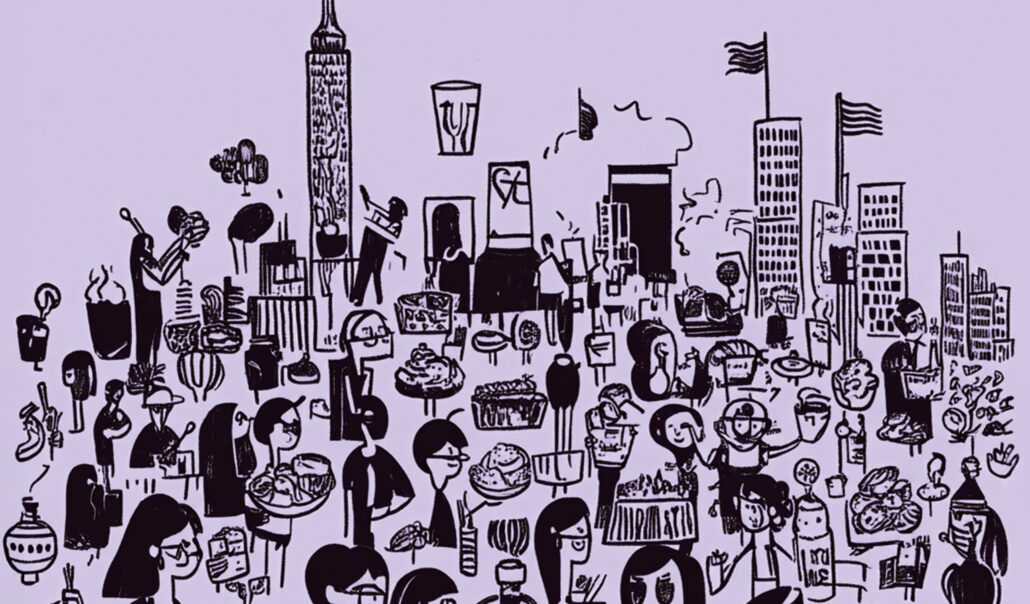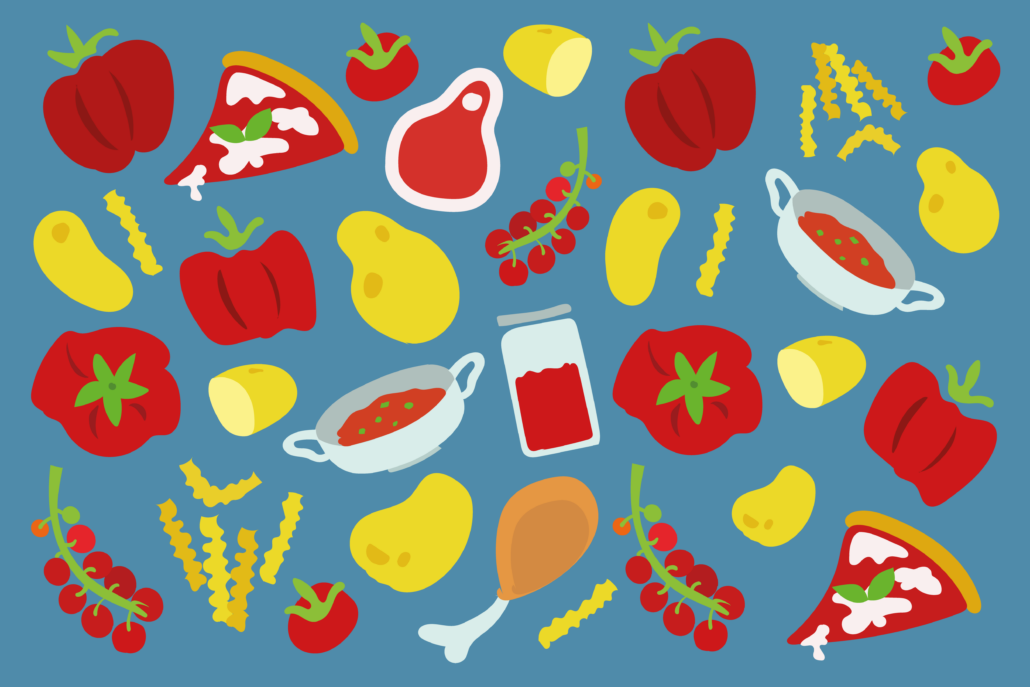Al Blanca – un bancone da dodici posti nascosto nel retro della pizzeria Roberta’s di Bushwick (a Brooklyn), appena oltre lo studio di registrazione della Heritage Radio Network e il Roberta’s Tiki bar – arriva un pomodoro su un piatto. È un Canestrino, una varietà italiana, coltivato a nord nella Hudson Valley presso la Norwich Meadows Farm. Victoria Blamey, la chef, lo cuoce per quattordici ore con un po’ di sherry amontillado. Nel piatto mantiene per lo più la sua forma, ma quando viene tagliato crolla in una pozza di polpa quasi cremosa. È puro umami. Su un altro piatto, a fianco, ci sono delle fette di ventresca di tonno rosso prelevate dalla griglia con dei rami di ginepro, ma non importa. In quel momento, nulla potrà mai avere il sapore di questo pomodoro.
“È solo il pomodoro”, dice Blamey da dietro il bancone.
Momenti come questo si verificano ogni giorno nei quasi 50.000 ristoranti di New York. Si verificano da quando la città è stata fondata dagli olandesi nel 1624. Questi momenti vanno e vengono, sparsi nei cinque distretti, dai ristoranti dello Sri Lanka a Staten Island ai wine bar naturali del Lower East Side. Momenti di pura gioia ed estasi. Quando tutti gli elementi della vita qui – le grida e i clacson delle strade e il rombo dei treni, il caldo soffocante dell’estate o il freddo gelido dell’inverno, la spazzatura in decomposizione nei cestini dei marciapiedi o il fumo dei carretti Nuts 4 Nuts che si diffondono lungo la 5th Avenue – sembrano riunirsi magicamente in un piatto.
Fai login o abbonati





